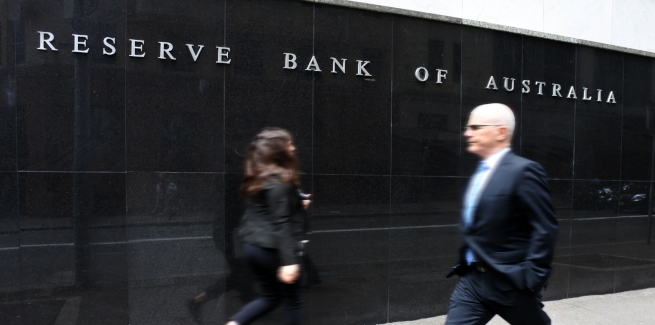In an address to the IFR Australia DCM Roundtable, assistant governor of the Reserve Bank of Australia (RBA) Christopher Kent discussed the evolving role of monetary policy in an unprecedented global economic environment.
Mr Kent noted that the RBA’s local response to the COVID-19 crisis has made the task of assessing the stance of monetary policy “very different and more complex than it used to be”.
“Some of the tools influence interest rates directly in a way that gives us greater control over a wider range of rates than previously,” he said.
“In particular, forward guidance and the three-year yield target have supported historically low borrowing rates at this maturity.
“Other elements of the package affect interest rates indirectly and are harder to assess.”
However, the deputy governor noted that the impact of the RBA’s stimulus package can be gauged by considering the effect on the central bank’s balance sheet.
Mr Kent pointed to the impact of the term funding facility (TFF), which was recently expanded by $57 billion to approximately $200 billion.
The assistant governor said he expects banks – which, as at the RBA’s last monetary policy meeting, drew down approximately $84 billion – to exhaust the TFF in the coming months, helping to drive down interest rates and stimulate investment activity.
“We expect that much of this extra funding will be drawn upon in time, for the simple reason that it will be profitable for banks to do so,” he said.
“When this happens, a new, long-lived asset will be added to the Reserve Bank’s balance sheet.
“The banks will use the funds to write loans to businesses and households, buy securities, or repay debt, all of which will serve to lower interest rates in the economy and extend funding to the private and indeed the public sector.”
This comes less than a week after RBA governor Philip Lowe hinted at further reductions to the cash rate.
Governor Lowe said the RBA had not been convinced that further cuts would deliver “better economic outcomes”, but has now conceded they may have a role to play in supporting fiscal stimulus provided by the federal government.
Both Westpac chief economist Bill Evans and NAB Group Economics have forecast a 10 bps cut to the cash rate next month, aimed at supplementing stimulus announced in the federal budget.
[Related: RBA paves way for November cut]
 ;
;